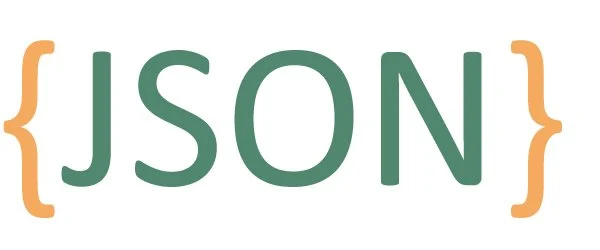JSON Crack + Product Key

JSON Crack In the world of data exchange and communication between systems, JSON (JavaScript Object Notation) has emerged as a versatile and widely adopted data interchange format. It is known for its simplicity, human-readable structure, and compatibility with various programming languages. In this informational post, we will explore what JSON is, its key characteristics, and how it is used in data exchange and storage JSON Crack.
You may also like this AI Script Writer Crack
What is JSON Crack?
JSON, short for JavaScript Object Notation, is a lightweight data-interchange format that was derived from the JavaScript programming language. JSON is a text-based format that is both easy for humans to read and write and easy for machines to parse and generate. It is often used to transmit data between a server and a web application, or between different parts of an application JSON Crack.
Key Characteristics of JSON Crack:
- Text-Based: JSON is a text-based format, which means that data is represented using characters. This makes it easy to read and edit for humans and simple to transmit over a network JSON Activation Key.
- Data Structure: JSON data is organized into key-value pairs, similar to how objects work in many programming languages. It consists of pairs of a key (a string) and a value (which can be a string, number, boolean, object, array, or null).
- Human-Readable: JSON is designed to be human-readable and easy to understand. Its syntax is straightforward, consisting of curly braces
{}to define objects and square brackets[]to define arrays. - Supported Data Types: JSON supports several common data types, including strings, numbers, booleans, null, arrays, objects, and nested structures. This flexibility makes it suitable for representing a wide range of data.
- Language Agnostic: JSON is not tied to any particular programming language, which means it can be used with a variety of languages, making it a universal format for data interchange.
How JSON is Used:
JSON is used in various contexts and for different purposes. Some common use cases include:
- API Data Exchange: Many web APIs use JSON as the format for sending and receiving data. This makes it easy for web applications to interact with external services and retrieve information JSON Product Key.
- Configuration Files: JSON is often used for configuration files in software applications. These files store settings and preferences in a structured and human-readable format.
- Data Storage: JSON is used in NoSQL databases like MongoDB, where it provides a flexible and schema-less way to store and retrieve data.
- Web Development: In web development, JSON is frequently used to send data between the client (browser) and the server. It is also used to store and manipulate data within JavaScript.
- Serialization and Deserialization: JSON is used for serializing (converting data into a JSON format) and deserializing (converting JSON data back into a usable format) data.
System Requirements
JSON (JavaScript Object Notation) is a data interchange format, and it doesn’t have specific system requirements because it is not a software application or tool that you need to install. Instead, JSON is a text-based data format used to represent structured data. It can be created, read, and processed using various programming languages and software.

To work with JSON data, you’ll need:
- A Programming Language: JSON is primarily used in software development. You need a programming language (such as JavaScript, Python, Java, C#, etc.) that can handle JSON data and provide methods or libraries for parsing (reading) and generating (creating) JSON JSON Serial Key.
- A Text Editor or IDE: You can create, edit, and save JSON files using a text editor or integrated development environment (IDE). There are also specialized JSON editors available.
- A Computer or Device: You’ll need a computer or device to write, read, and manipulate JSON data. JSON itself is not resource-intensive; it’s the software and scripts that work with JSON that may have system requirements.
JSON doesn’t impose significant system requirements by itself since it’s a simple and lightweight data format. The specific system requirements will depend on the programming language, libraries, and tools you’re using to work with JSON.
Here’s a simplified example of how you might work with JSON in a programming language like JavaScript:
In summary, JSON itself doesn’t have specific system requirements, but the software and programming languages you use to work with JSON may have their own system requirements. Always refer to the documentation for the specific programming language or tool you are using for any system requirements they may have.
Conclusion:
JSON, or JavaScript Object Notation, is a versatile and widely adopted data interchange format that has become a fundamental part of modern software development and data exchange. Its simplicity, readability, and compatibility with various programming languages make it a powerful tool for transmitting, storing, and managing structured data. Understanding JSON is essential for anyone involved in web development, API integration, or data storage and retrieval, as it is a fundamental skill in the digital age JSON Vst.
